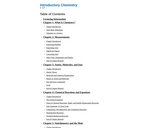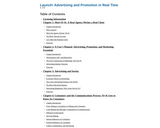
International Trade: Theory and Policy is built on Steve Suranovic’s belief that to understand the international economy, students need to learn how economic models are applied to real world problems. It is true what they say, that ”economists do it with models.“ That’s because economic models provide insights about the world that are simply not obtainable solely by discussion of the issues. International Trade: Theory and Policy presents a variety of international trade models including the Ricardian model, the Heckscher-Ohlin model, and the monopolistic competition model. It includes trade policy analysis in both perfectly competitive and imperfectly competitive markets.
The text also addresses current issues such as free trade area formation and administered protection policies. The models are developed, not by employing advanced mathematics, but rather by walking students through a detailed description of how a model’s assumptions influence its conclusions. But more importantly, each model and theory is connected to real world policy issues.
The main purpose of the text is to provide a thorough grounding in the arguments concerning the age-old debate about free trade versus protectionism. This text has the following unique features: The text begins with an historical overview of trade policy issues to provide context for the theory. The text concludes with a detailed economic argument supporting free trade. The welfare analysis in the Ricardian, Heckscher-Ohlin and specific factors models emphasize the redistributive effects of free trade by calculating changes in real incomes. The trade policy chapter provides a comprehensive look at many more trade policies than are found in a printed textbook.
- Subject:
- Business and Communication
- Material Type:
- Textbook
- Provider:
- The Saylor Foundation
- Provider Set:
- Saylor Textbooks
- Author:
- Steve Suranovic
- Date Added:
- 01/01/2010








